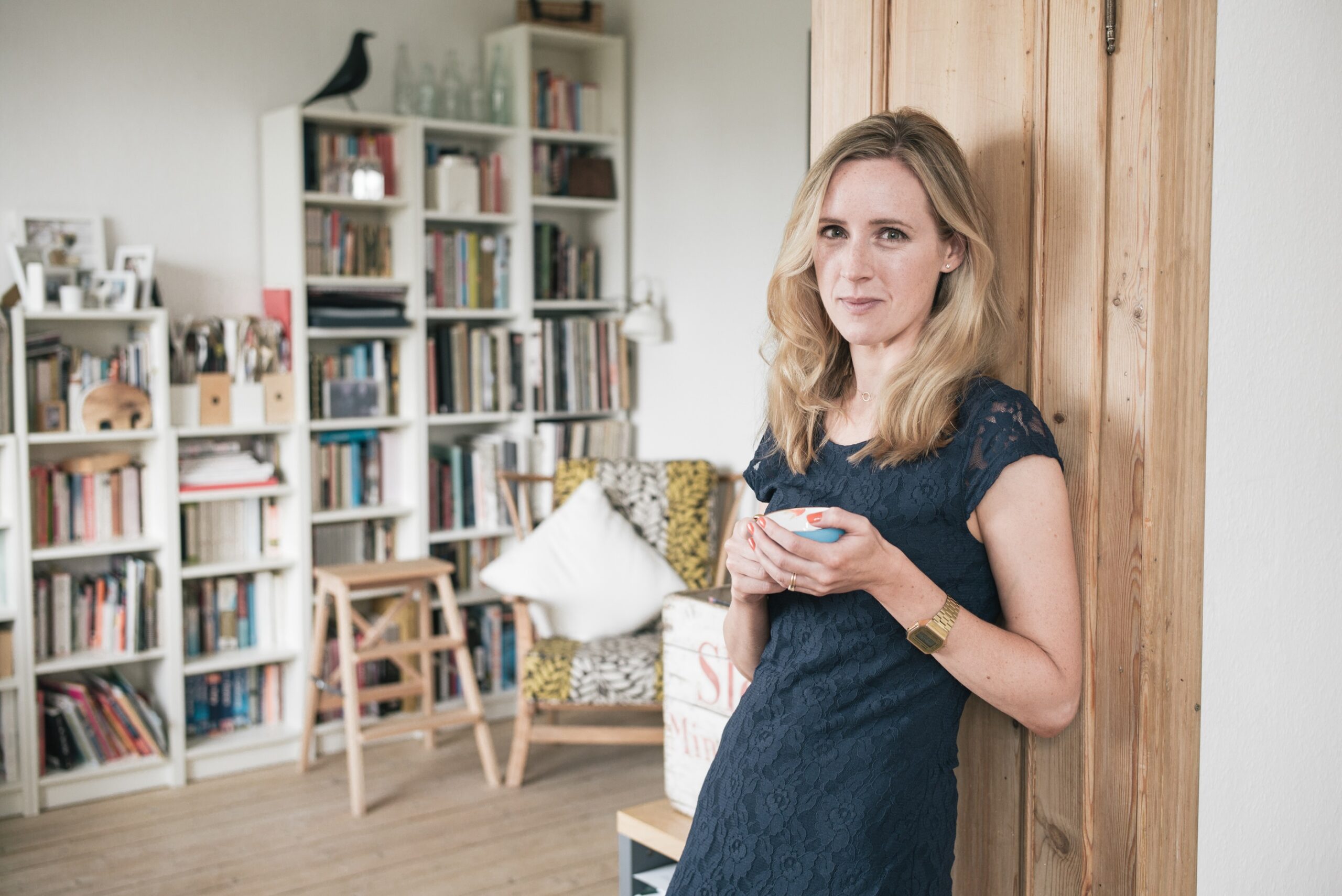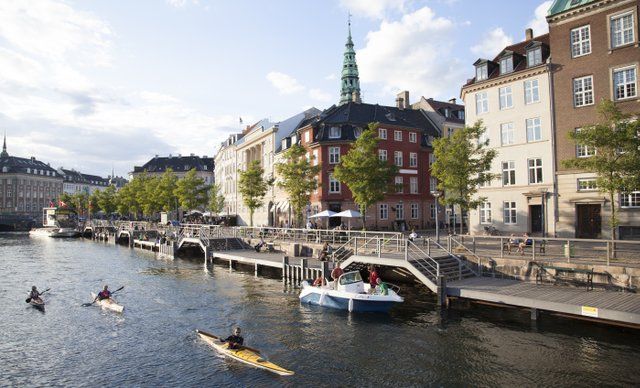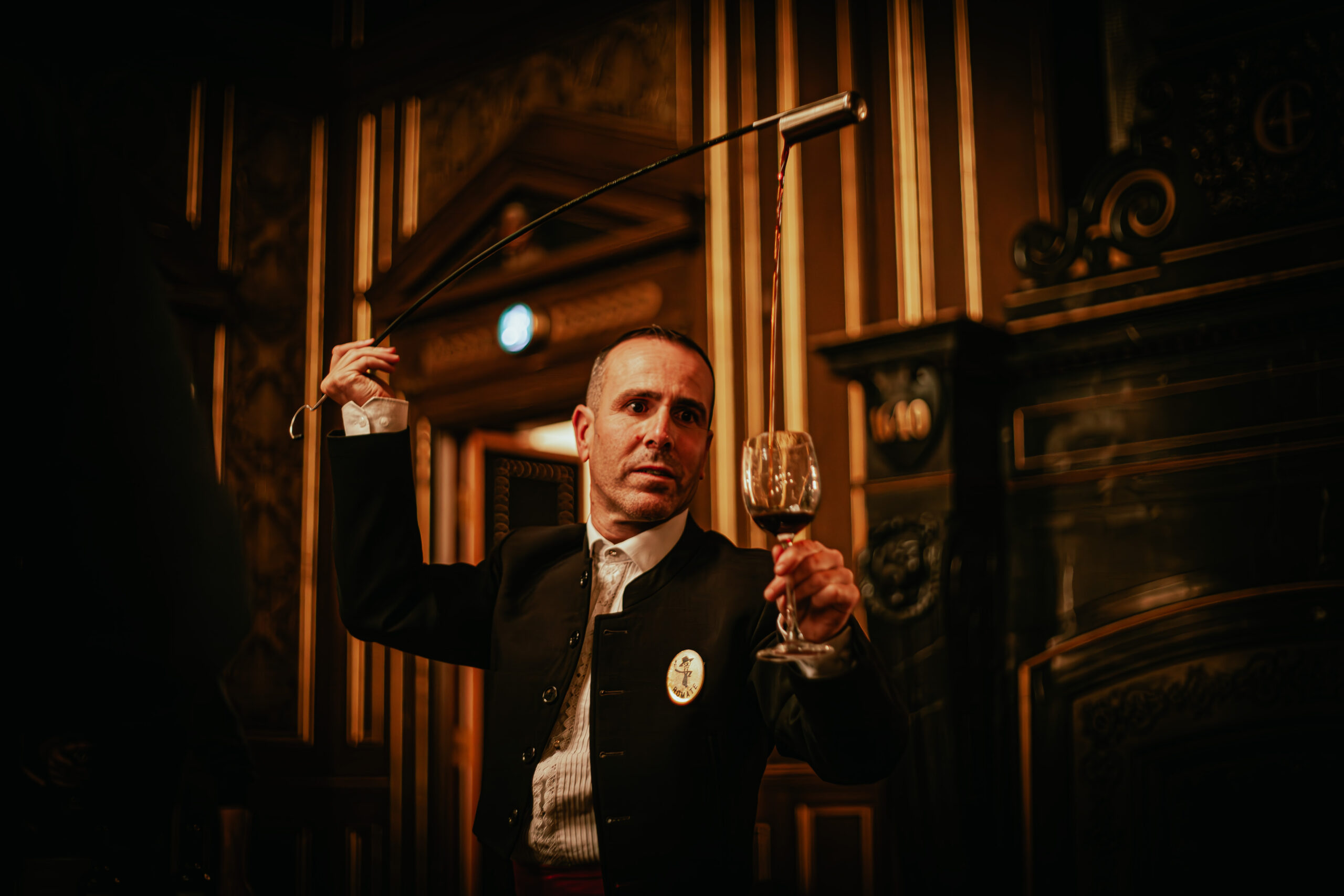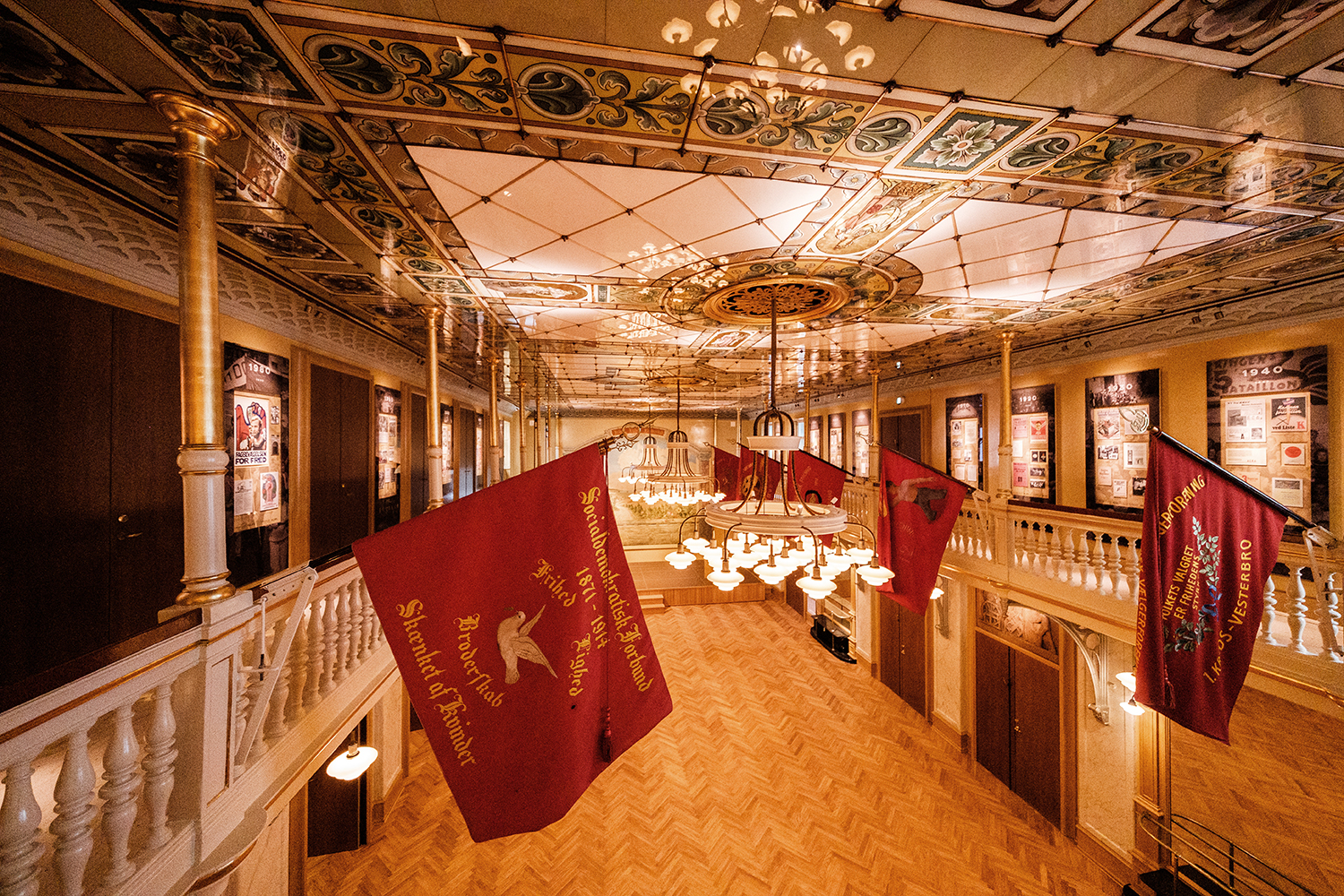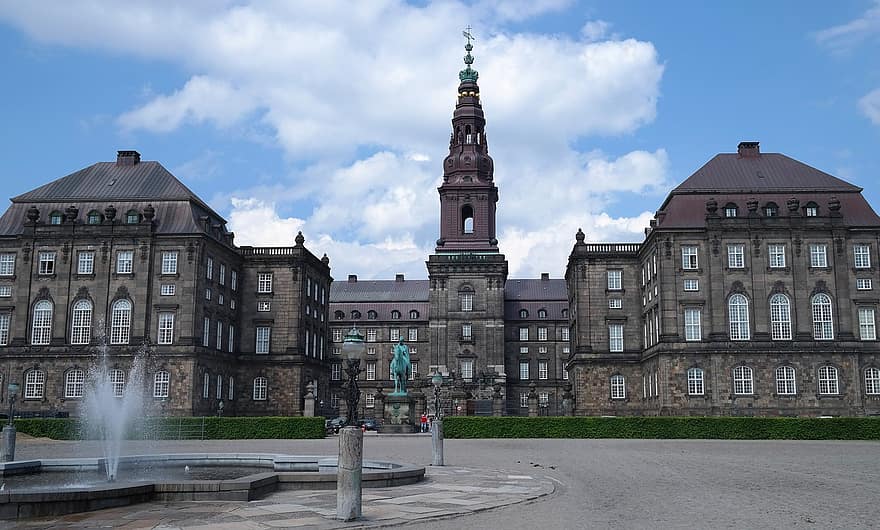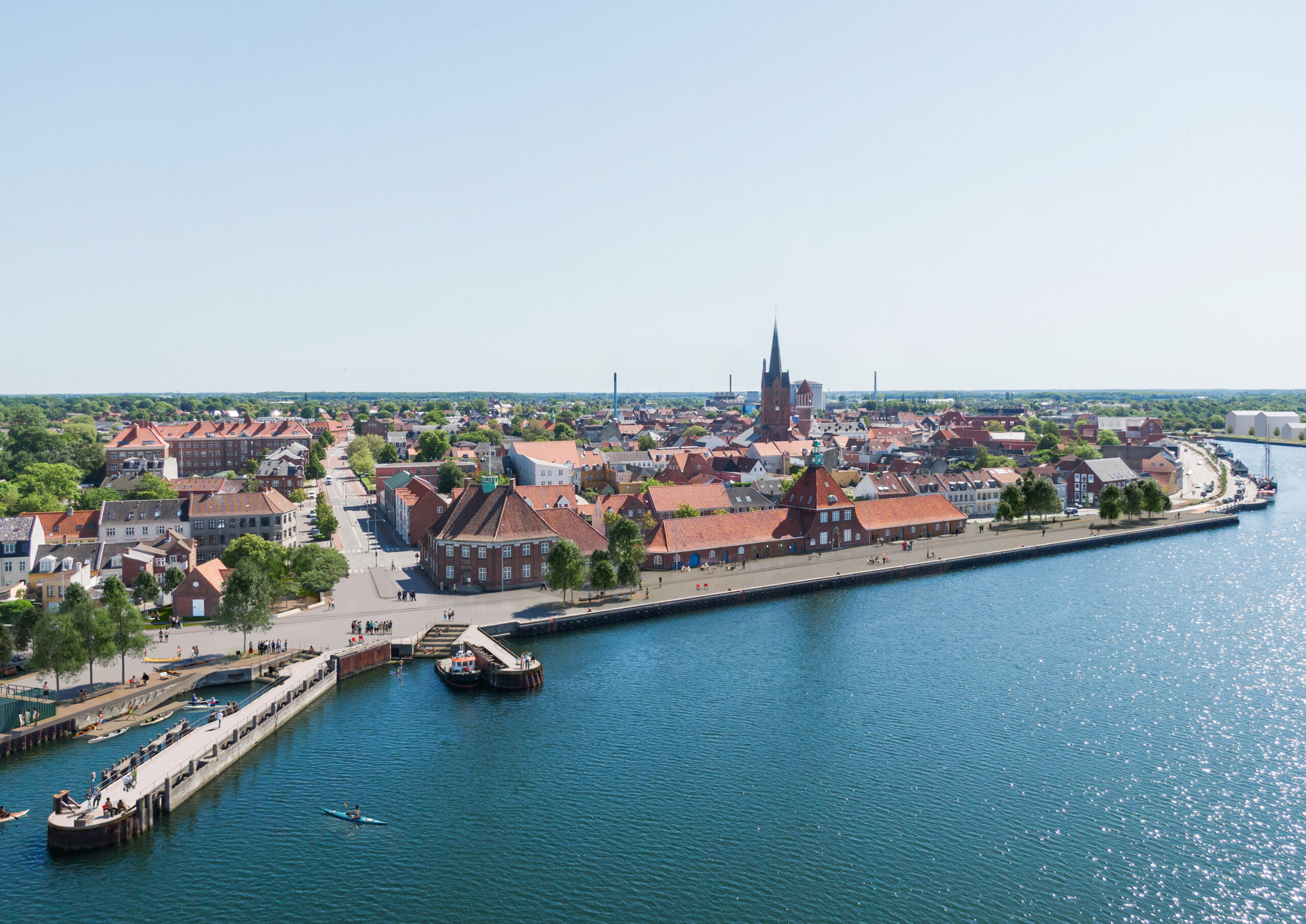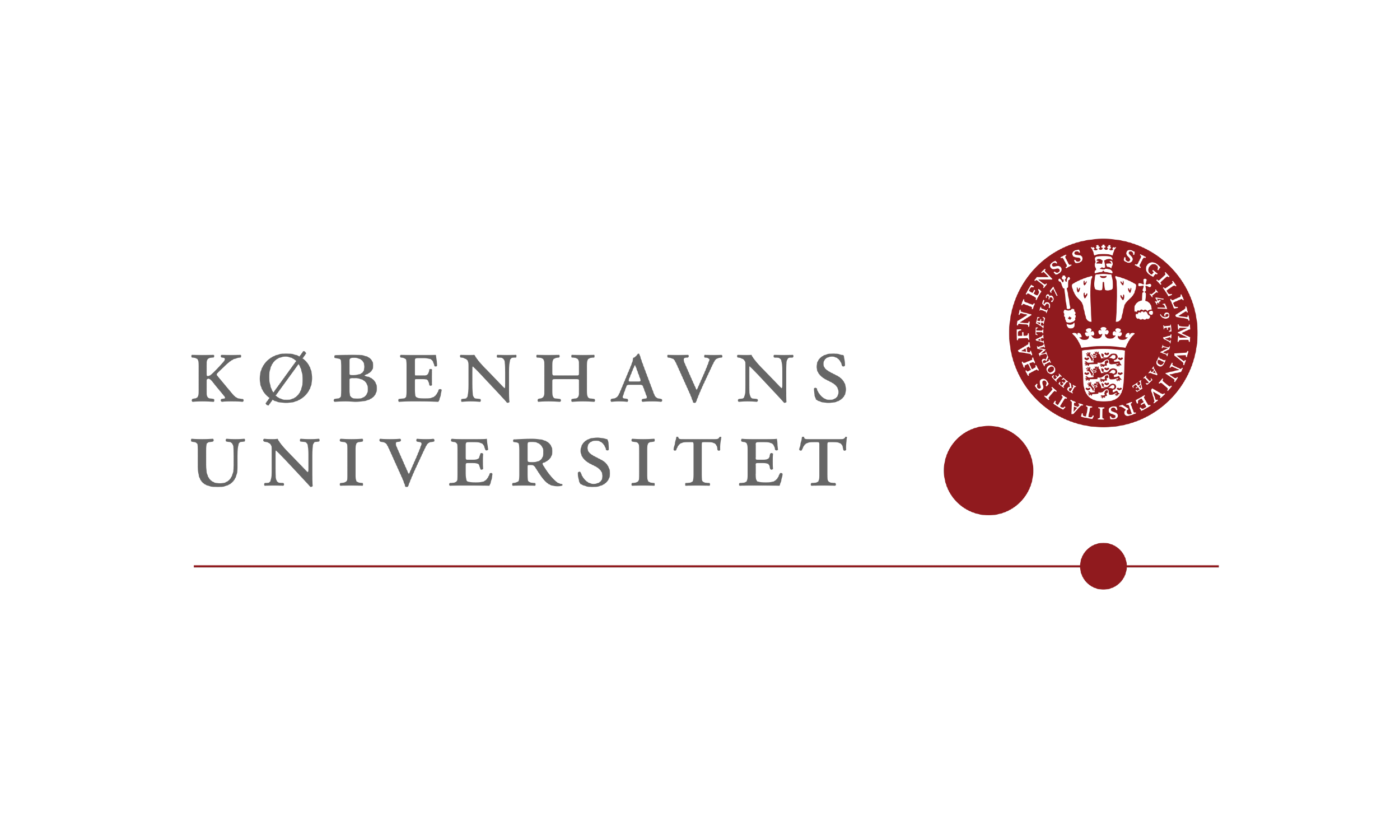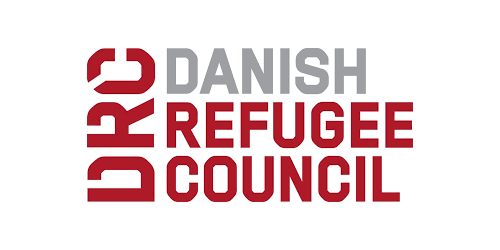People should pay more to drive in the city and take public transport during peak times according to the latest recommendations from the government’s productivity commission.
The commission recommends charging drivers 2.5 kroner for every kilometre they drive in the city centre during rush hour in exchange for reducing or abolishing other car levies.
“During periods of congestion it will be drivers who are most willing to pay who will drive, particularly those who are trying to get to work and those who are working,” the commission wrote in their fifth report that this time focussed on infrastructure.
READ MORE: Transport minister dismisses road pricing
Paying to drive
It is the second time in less than a year that road pricing – in which drivers pay per kilometre driven – has been recommended as the best solution to tackling congestion.
In September, Copenhagen’s congestion committee – established following the failure to introduce a congestion charging zone in Copenhagen – also recommended road pricing as the most effective way to reduce traffic.
The recommendation was shot down by the government, which argued that it would be better to focus on providing better public transport options.
READ MORE: Committee presents ideas for reducing Copenhagen's congestion
Expensive traffic jams
The productivity commission was established in 2012 to find suggestions to tackle Denmark’s flagging productivity. Traffic and infrastructure play a role, especially given that congestion on Copenhagen’s roads leads commuters to waste 9.3 million hours a year waiting in traffic jams.
Pressure on public transport during peak travel periods has led rail operator DSB to purchase expensive high-capacity trains to keep up with demand.
However, the commission argues that if tickets were more expensive during peak periods, it would reduce demand and bring down these sorts of public expenses.
“In this case it will typically be business passengers and commuters who will pay the higher price, while leisure riders could instead choose a cheaper solution at another time of day,” the commission wrote.
Wasted investments
The commission also argues that the government has wasted 23 billion kroner on public transport and infrastructure investments over the past ten years.
“One project in five has had such a low return that it should never have been started,” commission chairman Peter Birch Sørensen wrote in a press release, identifying Copenhagen’s Metro as a major offender.
“[The] lack of profitability is because the Metro is expensive to construct because they run in drilled tunnels [and] should therefore only be built in tightly populated areas,” Sørensen wrote, adding that light rail that takes space from road users is also not recommended, given that they are only marginally faster than busses.

